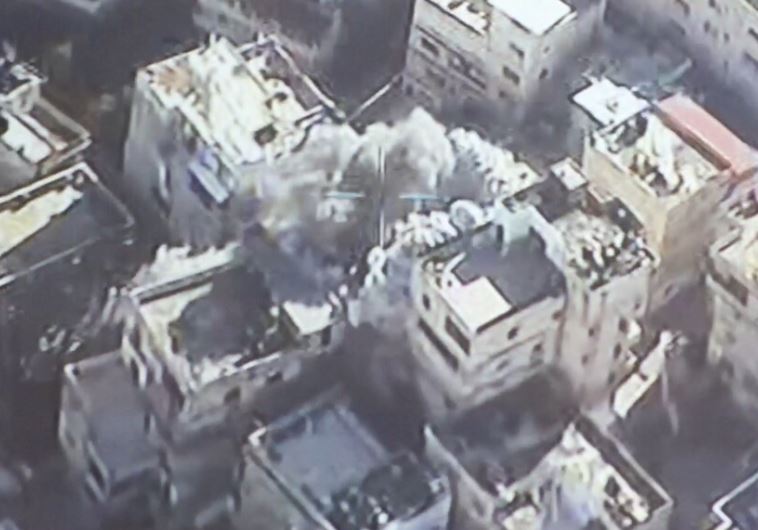Arab home demolitions in east Jerusalem spike in first half of 2016, claims report
Jerusalem Municipality refutes report, claims more demolitions in west than east.
 Aerial police photo of home demolition in east Jerusalem, December 2, 2015(photo credit: POLICE SPOKESPERSON'S UNIT)Updated:
Aerial police photo of home demolition in east Jerusalem, December 2, 2015(photo credit: POLICE SPOKESPERSON'S UNIT)Updated: